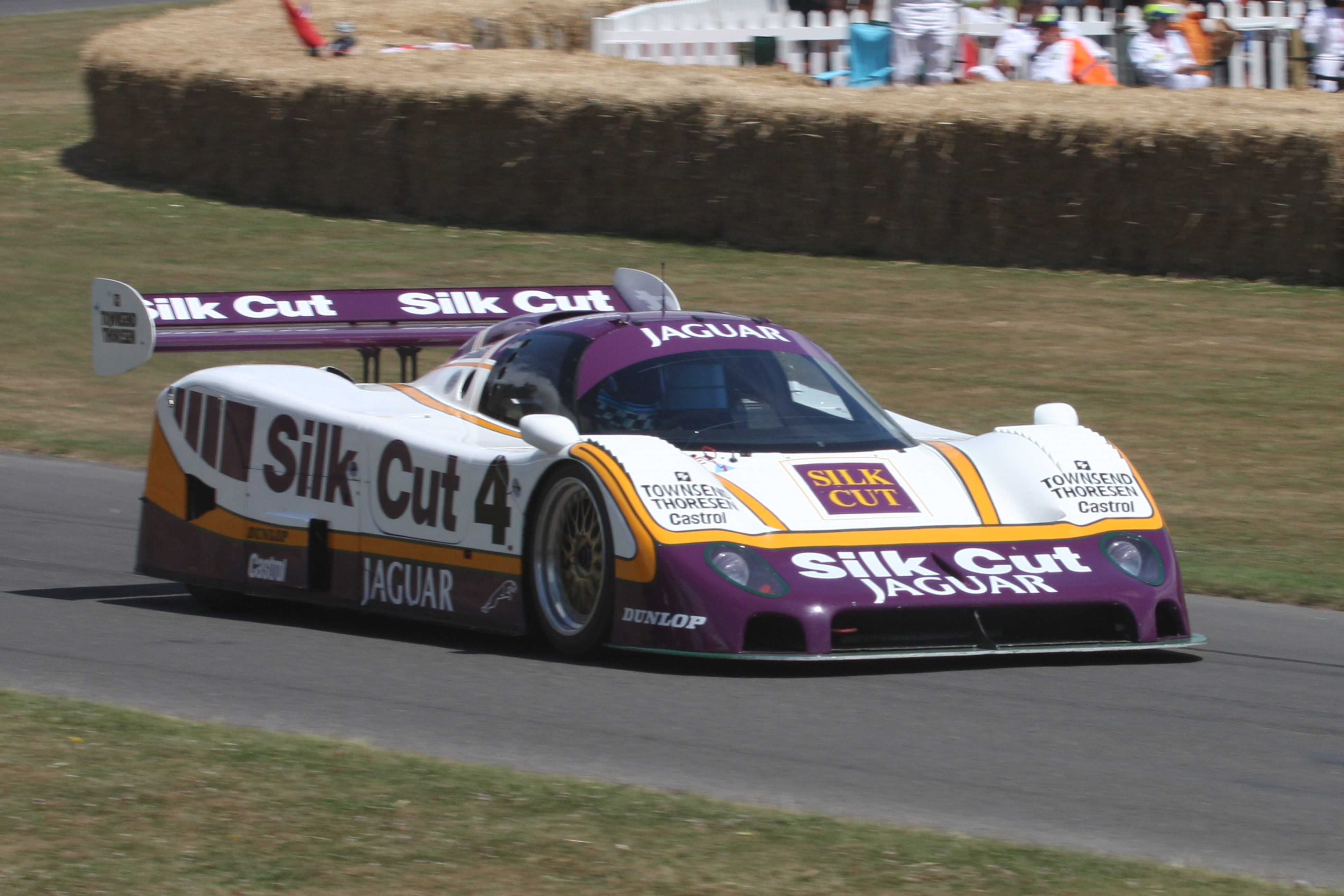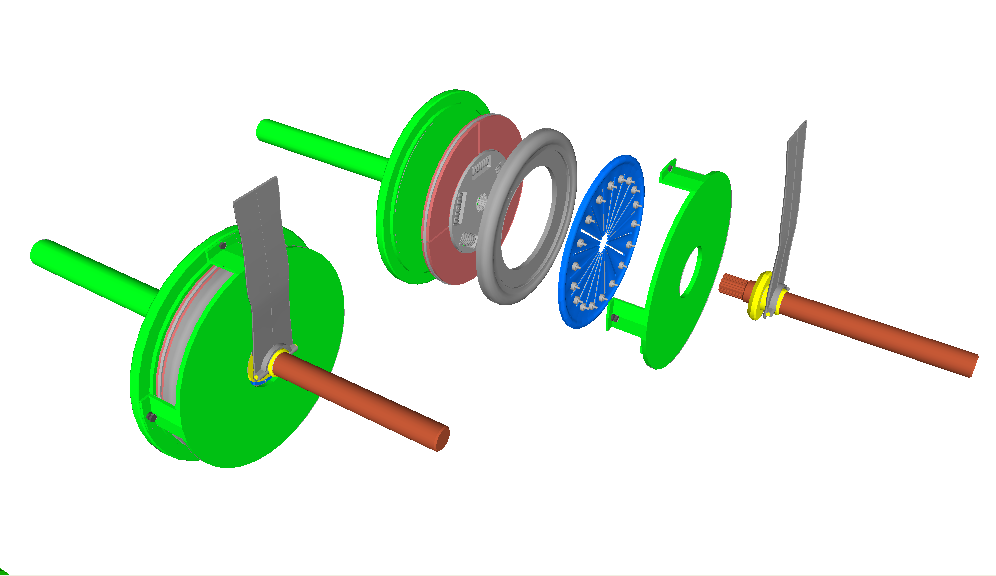|
Jerboa SP
The Jerboa SP was a sports prototype auto racing, racing car built by Jerboa (automotive), Jerboa in 1970. The car started out life as a Ginetta G12, and was entered by Jack Wheeler (racing driver), Jack Wheeler in various events in 1970 and 1971, using 1-litre, 1.3-litre, and 1.6-litre British Motor Corporation, BMC straight-four engines. Development history The Jerboa's styling would be originally conceived as a Concept car, show car and evolution model for the Daren Mk.1, by John Green, but would never actually be built as such. The original idea would morph into its formats the Jerboa when Jack Wheeler approached John Green in 1967, asking to purchase a Daren Mk.1, but when he would be told that there would be no more built of this specific car, he would then contract John Green a new car, based on a Ginetta G12 chassis. This car would undergo development alongside the eventual Daren Mk.2, Mk.2, but would use little else but the suspension set up with the Mk.2. Though develo ... [...More Info...] [...Related Items...] OR: [Wikipedia] [Google] [Baidu] |
Sports Prototype
A sports prototype, sometimes referred to simply as a prototype, is a type of Auto racing, race car that is used in high-level categories of sports car racing. They are purpose-built auto-sports race cars, as opposed to production-car based or street-legal, low-volume Homologation (motorsport), homologation specials – thus entirely not intended for consumer purchase, or production beyond the fabrication of the (nearly) unique cars entered into races and in race-car competition classes or "formulas", with sufficiently open regulations to allow for vehicles of unique design to partake. Prototype racing cars have competed in sports car racing since before World War II, but became the top echelon of sports cars in the 1960s as they began to replace Homologation (motorsport), homologated sports cars. Current Automobile Club de l'Ouest, ACO regulations allow most sports car series to use two forms of cars: ''grand tourers (GT cars)'', which are strictly based on production street ca ... [...More Info...] [...Related Items...] OR: [Wikipedia] [Google] [Baidu] |
Co-driver
A co-driver is the navigator of a rally car in the sport of rallying, who sits in the front passenger seat. The co-driver's job is to navigate, commonly by reading off a set of pacenotes to the driver (what lies ahead, where to turn, the severity of the turn, and what obstacles to look out for). Some competitions require map interpretation. In stage rallying communication is often over a radio headset, due to the high level of noise in the car. The co-driver also tells the driver about any incidents or accidents that may have occurred further ahead in the stage. , motorsportads.com, no date This role is particularly critical in high-end rally competitions such as [...More Info...] [...Related Items...] OR: [Wikipedia] [Google] [Baidu] |
Sports Prototypes
A sports prototype, sometimes referred to simply as a prototype, is a type of race car that is used in high-level categories of sports car racing. They are purpose-built auto-sports race cars, as opposed to production-car based or street-legal, low-volume homologation specials – thus entirely not intended for consumer purchase, or production beyond the fabrication of the (nearly) unique cars entered into races and in race-car competition classes or "formulas", with sufficiently open regulations to allow for vehicles of unique design to partake. Prototype racing cars have competed in sports car racing since before World War II, but became the top echelon of sports cars in the 1960s as they began to replace homologated sports cars. Current ACO regulations allow most sports car series to use two forms of cars: ''grand tourers (GT cars)'', which are strictly based on production street cars, and ''sports prototypes'', which are allowed a great amount of flexibility within set ru ... [...More Info...] [...Related Items...] OR: [Wikipedia] [Google] [Baidu] |
Straight-four Engine
A straight-four engine (also referred to as an inline-four engine) is a four-cylinder Reciprocating engine, piston engine where cylinders are arranged in a line along a common crankshaft. The majority of automotive four-cylinder engines use a straight-four layout (with the exceptions of the flat-four engines produced by Subaru and Porsche) and the layout is also very common in motorcycles and other machinery. Therefore the term "four-cylinder engine" is usually synonymous with straight-four engines. When a straight-four engine is installed at an inclined angle (instead of with the cylinders oriented vertically), it is sometimes called a Slant-4 engine, slant-four. Between 2005 and 2008, the proportion of new vehicles sold in the United States with four-cylinder engines rose from 30% to 47%. By the 2020 model year, the share for light-duty vehicles had risen to 59%. Design A four-stroke straight-four engine always has a cylinder on its power stroke, unlike engines with fewer ... [...More Info...] [...Related Items...] OR: [Wikipedia] [Google] [Baidu] |
BMC A-series Engine
The Austin Motor Company A-series is a British small straight-4 car, automobile engine. Launched in 1951 with the Austin A30, production lasted until 2000 in the Mini. It used a cast-iron block and cylinder head, and a steel crankshaft with three main bearings. The camshaft ran in the cylinder block, driven by a single-row chain for most applications, and with tappets sliding in the block, accessible through pressed steel side covers for most applications, and with overhead valves operated through rockers. The cylinder blocks are not interchangeable between versions intended for conventional end-on mounted gearboxes and the 'in-sump' transaxle used on British Motor Corporation/British Leyland front wheel drive models such as the Mini. The cylinder head for the overhead-valve version of the A-series engine was designed by Weslake, Harry Weslake – a cylinder head specialist famed for his involvement in SS (Jaguar Cars, Jaguar) engines and several Formula One-title winning en ... [...More Info...] [...Related Items...] OR: [Wikipedia] [Google] [Baidu] |
Clutch
A clutch is a mechanical device that allows an output shaft to be disconnected from a rotating input shaft. The clutch's input shaft is typically attached to a motor, while the clutch's output shaft is connected to the mechanism that does the work. In a motor vehicle, the clutch acts as a mechanical linkage between the engine and transmission. By disengaging the clutch, the engine speed (RPM) is no longer determined by the speed of the driven wheels. Another example of clutch usage is in electric drills. The clutch's input shaft is driven by a motor and the output shaft is connected to the drill bit (via several intermediate components). The clutch allows the drill bit to either spin at the same speed as the motor (clutch engaged), spin at a lower speed than the motor (clutch slipping) or remain stationary while the motor is spinning (clutch disengaged). Types Dry clutch A ''dry clutch'' uses dry friction to transfer power from the input shaft to the output shaft, f ... [...More Info...] [...Related Items...] OR: [Wikipedia] [Google] [Baidu] |
1971 Targa Florio
* The year 1971 had three partial solar eclipses (Solar eclipse of February 25, 1971, February 25, Solar eclipse of July 22, 1971, July 22 and Solar eclipse of August 20, 1971, August 20) and two total lunar eclipses (February 1971 lunar eclipse, February 10, and August 1971 lunar eclipse, August 6). The world population increased by 2.1% this year, the highest increase in history. Events January * January 2 – 1971 Ibrox disaster: During a crush, 66 people are killed and over 200 injured in Glasgow, Scotland. * January 5 – The first ever One Day International cricket match is played between Australia and England at the Melbourne Cricket Ground. * January 8 – Tupamaros kidnap Geoffrey Jackson, British ambassador to Uruguay, in Montevideo, keeping him captive until September. * January 9 – Uruguayan president Jorge Pacheco Areco demands emergency powers for 90 days due to kidnappings, and receives them the next day. * January 12 – The landmark United States televis ... [...More Info...] [...Related Items...] OR: [Wikipedia] [Google] [Baidu] |






